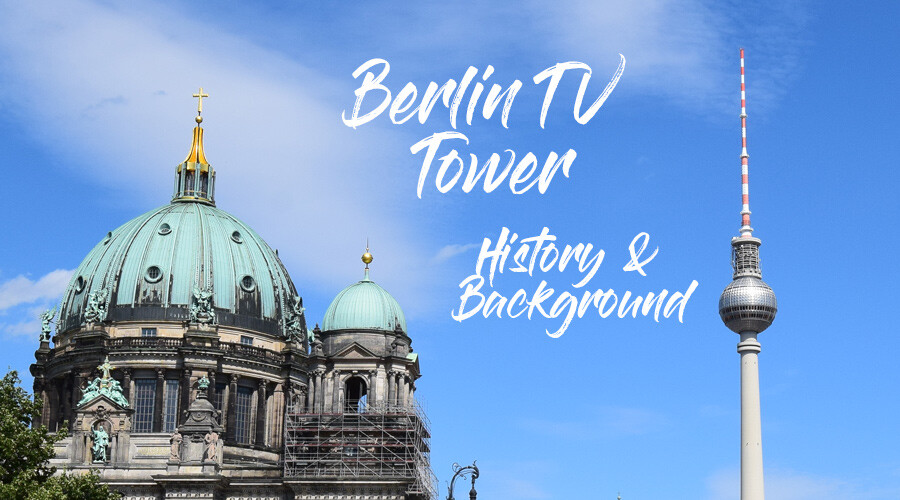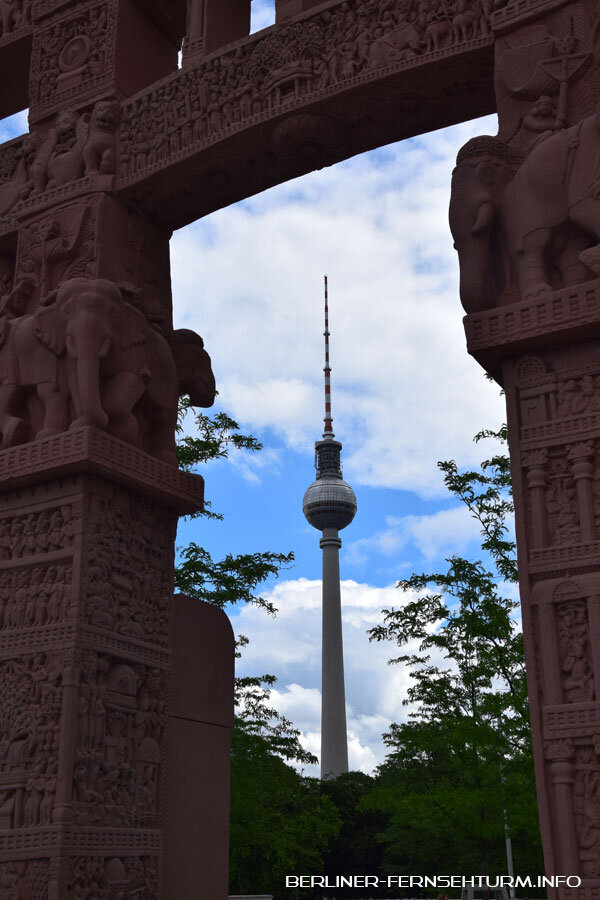
Berlin TV Tower: History & Background
Discover the fascinating heritage and history of the Berlin TV Tower, an iconic landmark of the German capital. Constructed during a time of political change, this tower symbolizes not only technological advancement but also the cultural significance of Berlin. With its distinctive silhouette and an observation platform at 203 meters high, the TV Tower offers a breathtaking view over the city. Learn more about the history, construction, and significance of this architectural masterpiece, which remained a central attraction for visitors from around the world even after Germany’s reunification. Immerse yourself in the world of the Berlin TV Tower and experience a piece of German history up close.
History & Background of the Berlin TV Tower
The Berlin TV Tower, an iconic landmark of the German capital, was built during a time of political and economic upheavals in the German Democratic Republic (GDR). Its history begins in the 1950s when the GDR made intensive efforts to establish its own radio and television infrastructure.
The European Broadcasting Conference of 1952 in Stockholm regulated frequency coordination in Europe, which meant limited resources for TV frequencies available to the GDR. These limitations forced the government to build powerful transmitters to effectively cover the Berlin metropolitan area.
Failure of Project F4 and Search for Alternatives
An initial attempt with Project F4 on the Großer Müggelberg failed in 1956 due to its proximity to Berlin-Schönefeld Airport, which was a setback for GDR broadcasting. After the failure of F4, the government searched for alternatives and eventually decided to build the Berlin TV Tower in Volkspark Friedrichshain.
The location of the TV Tower in Volkspark Friedrichshain was not only centrally located but also politically significant, as it was near Marx-Engels-Platz, a central square in East Berlin.
Architectural Feat: Design of the Berlin TV Tower
The construction of the Berlin TV Tower began in 1965 and posed immense technical challenges to engineers. The tower’s design was conceived by architect Hermann Henselmann, who envisioned a slim cylindrical shaft with a spherical observation platform at the top.
The construction process was not without hurdles. In the late 1960s, there were political tensions within the GDR that temporarily threatened the construction of the TV Tower. Despite the challenges, the GDR government pressed on with the tower’s construction, completing it in time for the 20th anniversary of the GDR’s founding in 1969.

Triumph and Symbolism
The completion of the Berlin TV Tower was celebrated as a triumph in the GDR. It symbolized technological progress and the country’s determination to keep pace with Western nations in terms of broadcasting and television technology.
Significance During the Cold War and After Reunification
The TV Tower also played a crucial role during the Cold War and German division. It was a prominent feature of the East Berlin skyline and served as both a communication hub and a symbol of the superiority of the socialist system. After Germany’s reunification in 1990, the Berlin TV Tower retained its significance as a landmark. It became a symbol of overcoming division and is now one of Berlin’s most visited tourist destinations.
In recent decades, the TV Tower has been technologically modernized to meet the demands of digital communication. It remains an impressive testament to GDR engineering and architecture and is an integral part of Berlin’s cultural landscape. Its significance extends far beyond Germany’s borders, making it one of the most recognizable symbols of the German capital.